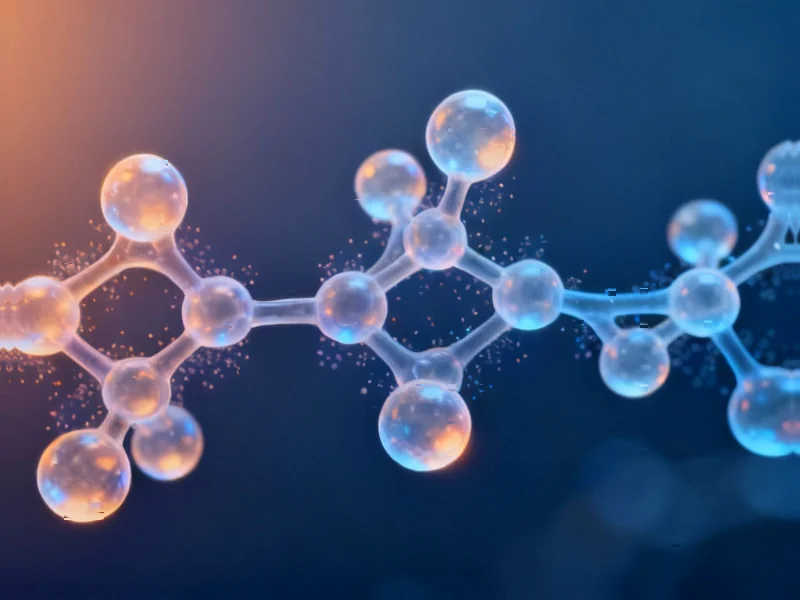Introduction: A Tri-Species Approach to Pancreas Development
Understanding pancreas development across species provides crucial insights into evolutionary biology and regenerative medicine. A groundbreaking Nature Communications study comparing mice, pigs, and humans reveals how different mammalian species navigate the complex journey from pancreatic progenitor cells to fully functional organs. This research demonstrates why pigs serve as an exceptional translational model, offering unique advantages over traditional mouse models when studying human pancreatic development and disorders.
Table of Contents
- Introduction: A Tri-Species Approach to Pancreas Development
- Comparative Developmental Timelines: Pigs Mirror Human Patterns
- Cellular Architecture: From Progenitors to Specialized Cells
- Species-Specific Variations in Islet Organization
- Transcriptional Conservation and Divergence
- Regulatory Mechanisms: Beyond Gene Expression
- Implications for Diabetes Research and Regenerative Medicine
- Future Directions in Pancreatic Research
Comparative Developmental Timelines: Pigs Mirror Human Patterns
The study meticulously aligned developmental milestones across all three species, revealing striking similarities between pig and human pancreas formation. While mice complete pancreatic morphogenesis and islet formation in just 42% of their gestation period, both humans (82%) and pigs (65%) undergo significantly longer developmental processes. This extended timeline allows for more complex cellular differentiation and islet remodeling, making pig models particularly valuable for studying human-specific developmental pathways.
The pig’s developmental tempo closely matches human patterns, especially during the critical secondary transition phase when endocrine cells differentiate. This parallel timing suggests that regulatory mechanisms controlling pancreas development may be more conserved between pigs and humans than between either species and mice.
Cellular Architecture: From Progenitors to Specialized Cells
Researchers identified eight distinct pancreatic epithelial cell clusters through single-cell RNA sequencing of 124,869 pig pancreatic cells. These included ductal, acinar, endocrine progenitor (NGN3), endocrine precursor (FEV), and hormone-producing cells (beta, alpha, delta, and PP cells). The comprehensive analysis revealed two particularly interesting cell populations:
- Multipotent Progenitor Cells (MPC): These transient cells existed between embryonic days 23-40 and co-expressed key pancreatic transcription factors including PDX1, PTF1A, SOX9, NKX6-1, and PROX1
- Primed Endocrine Cells (PEC): This persistent population first appeared at E23 alongside sparse NEUROG3 endocrine progenitors and expressed genes involved in cytoskeletal organization and cell cycle regulation
Species-Specific Variations in Islet Organization
The study uncovered significant differences in islet architecture across species. While mice develop the characteristic core-mantle structure with beta cells at the center surrounded by alpha cells, both pigs and humans form intermingled islet structures. This fundamental organizational difference highlights why pig models may better represent human pancreatic biology, particularly in diabetes research where islet architecture influences function.
Notably, the epsilon cell population, identified in both human and mouse datasets, was surprisingly absent in pig pancreas samples. This unexpected finding suggests species-specific variations in pancreatic cell type composition that warrant further investigation., according to market insights
Transcriptional Conservation and Divergence
Correlation analysis revealed stronger transcriptional similarities between pig and human pancreatic cell clusters (r = 0.6-0.7) compared to mouse-human comparisons (r = 0.45-0.54). The MPC, beta, and endocrine progenitor clusters showed the most significant divergence between mice and humans, suggesting these cell types have undergone species-specific evolutionary adaptations.
Key transcription factors demonstrated both conserved and species-specific expression patterns. For instance, the beta cell maturation factor MAFA was detected in pig beta cells but absent in mouse beta cells, while diabetes-related PLAGL1 appeared in pig beta cells but primarily expressed in mouse acinar cells.
Regulatory Mechanisms: Beyond Gene Expression
The research extended beyond transcriptomics to examine chromatin accessibility through single-cell multiome sequencing. By analyzing both gene expression and chromatin landscape simultaneously, researchers gained insights into how cis-regulatory elements control pancreatic cell fate decisions. This multi-layered approach revealed that conserved cell-type gene expression patterns likely result from similarities in higher-order chromatin regulation between pigs and humans.
Implications for Diabetes Research and Regenerative Medicine
This comprehensive cross-species comparison has profound implications for understanding pancreatic diseases and developing therapeutic approaches. The identification of diabetes risk genes expressed in cell-type specific manners across species provides new targets for intervention. The stronger correlation between pig and human pancreatic development suggests that porcine models may yield more clinically relevant insights for human diabetes than traditional mouse models.
The study establishes pigs as a complementary model system that captures both conserved developmental mechanisms and human-relevant biological features. This positions pig models as invaluable tools for advancing our understanding of pancreatic disorders and developing regenerative therapies that can translate more effectively to human patients.
Future Directions in Pancreatic Research
This research opens numerous avenues for future investigation, including detailed analysis of the unique primed endocrine cell population found in pigs, understanding the functional significance of the missing epsilon cells in porcine pancreas, and exploring how species-specific transcriptional differences impact pancreatic function throughout life. The integrated multi-omics approach provides a framework for future comparative studies that could unlock new strategies for treating pancreatic diseases.
As sequencing technologies advance and genome annotations improve, particularly for understudied species like pigs, we can anticipate even deeper insights into the evolutionary mechanisms shaping pancreatic development across mammals. This knowledge will ultimately enhance our ability to manipulate pancreatic cell fate for therapeutic purposes.
Related Articles You May Find Interesting
- Pioneering Remote Health Monitoring: How the RESILIENT Dataset Transforms Elderl
- Graphite’s Critical Crossroads: Balancing Energy Transition Demands with Sustain
- Brain Network Dynamics and Gene Expression Uncover Cognitive Challenges in Child
- Quantum-Bio Fusion: How Nature-Inspired Computing is Revolutionizing Financial R
- Research Reveals Caspase-11’s Unexpected Role in Bone Loss Beyond Inflammation
This article aggregates information from publicly available sources. All trademarks and copyrights belong to their respective owners.
Note: Featured image is for illustrative purposes only and does not represent any specific product, service, or entity mentioned in this article.



